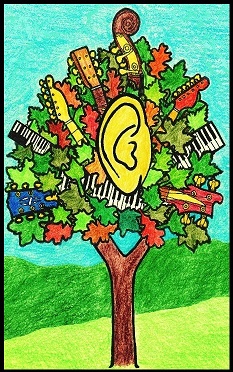 In the next series of posts, I’m going to take an in-depth look at music schools, methods and teachers, in light of what we now know about the best ways to teach music.
In the next series of posts, I’m going to take an in-depth look at music schools, methods and teachers, in light of what we now know about the best ways to teach music.
Music schools have high attrition rates. One reason is that the basic business model for many private music schools is the “reading-book merry-go-round.” The student starts with Book 1, then moves on to Book 2, then to Book 3, and so on. The teacher never really says where this is supposed to lead. Most people don’t enjoy the experience of working through reading-based methods, so they go along for the ride until they get tired, and quit.
Very few non-classical teachers base their approach on the way modern music is created. Most teachers place an undue emphasis on reading music, given the diverse skill sets you need in order to play modern music. Too many teachers maintain the classical bias that the main measure of your proficiency as a musician is your ability to read music, regardless of what kind of creative environment you work in.
A number of educators have said that non-classical music schools should teach more to the values, creative methods, and working methods of modern musicians, as exemplified by today’s top studio musicians and producers.
The Music Teacher as Producer – A video version of the paper by Clint Randles on YouTube.
© 2019, 2020 Greg Varhaug